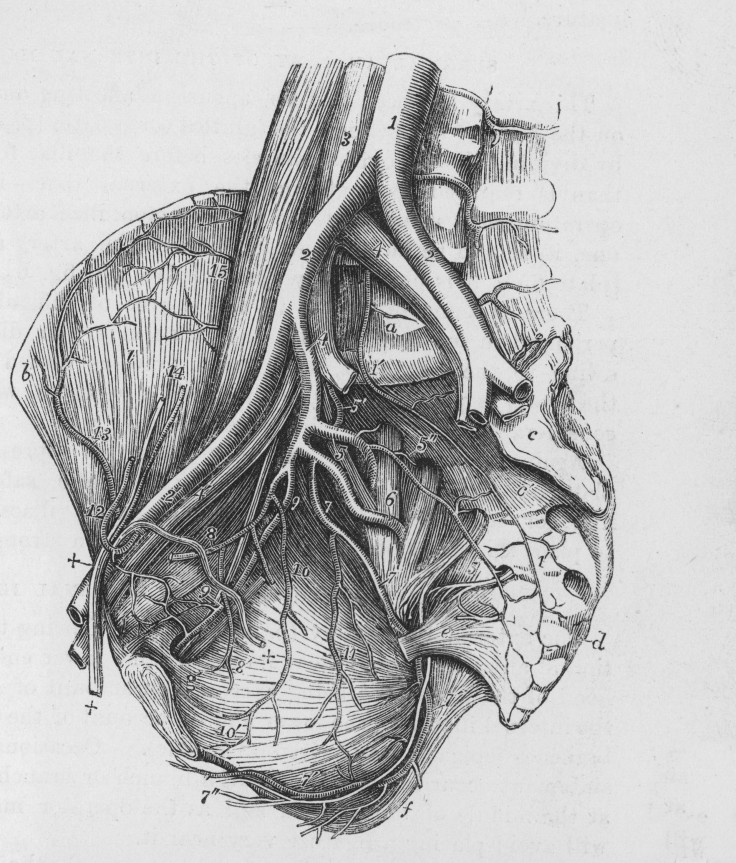Study: Humans With Higher Heart Disease Risk Are Also More Fertile

Are the same genes that make you great at making babies also giving you heart disease?
A team of geneticists think so, based on an analysis that suggests evolution has not rid humans of coronary artery disease because it’s linked to the same parts of your DNA that make you more reproductively fit.
The researchers investigated dozens of genes that are associated with a risk for coronary artery disease and found they “were all uniquely and consistently associated with many different male and female reproductive traits,” according to a study in the journal PLOS Genetics. That link suggests that evolution’s process of natural selection favored them because of how they enhanced the ability to reproduce compared to the rest of the population.
Read: Watch DNA Copy and Paste Itself In This Video
A negative genetic trait without such a benefit, by contrast, would eventually be removed because healthier individuals are able to pass on genes to more offspring than sick ones.
“One of the fundamental questions about CAD — whose progression begins in young adults with arterial plaque accumulation leading to life-threatening outcomes later in life — is why natural selection has not removed or reduced this costly disease,” the study says. “It is the leading cause of death worldwide and has been present in human populations for thousands of years, implying considerable pressures that natural selection should have operated on.”
But the genes contributing to human reproduction would explain why the deadly disease has been around for so long and persists in the modern human population, as opposed to evolution over time weeding out the genes that are making us sick. The link means people would have to inherit genes that are connected to heart disease in order to be more fertile and create the most children.
This form of heart disease goes at least as far back as the time of the pharaohs of Ancient Egypt.
“CAD has impacted human populations since at least the ancient Middle Kingdom period, with atherosclerosis detectable in Egyptian mummies,” the study notes. “This suggests that there has been enough time for evolutionary responses to CAD to have occurred.”
But they have not. Instead, heart disease is one of the world’s leading causes of death.
Read: Editing Human DNA With CRISPR Tech Can Cause Serious Damage
“Evolution, it seems, is involved in a trade-off where CAD only begins to appear at around 40-50 years of age when the potential beneficial effects of these genes on reproduction have already occurred,” lead study author Sean Byars said in a statement from the University of Melbourne. “This doesn’t necessarily mean that women with many children are more likely to develop heart disease, it may simply mean that the disease is a byproduct of humans being able to reproduce well.”
A connection between heart disease and fertility is not the only example of a genetic trade-off. Research has suggested that evolution favors autism because the same genes that put people at risk for the developmental disorder also contribute to bigger brains, higher intelligence, better sensory and visual-spatial capabilities and other cognitive advantages.
© Copyright IBTimes 2024. All rights reserved.




















